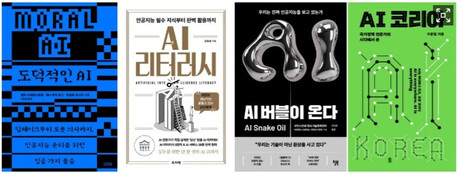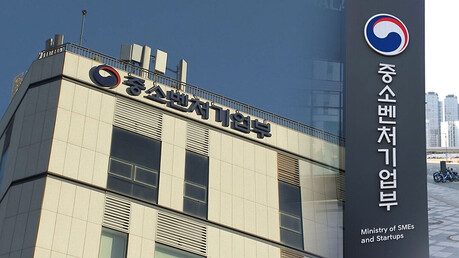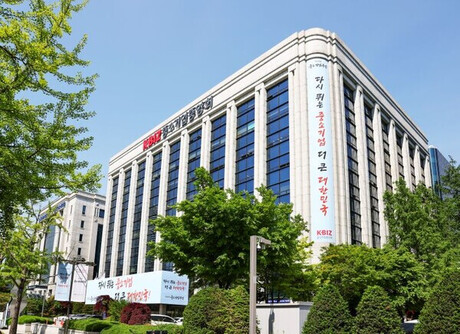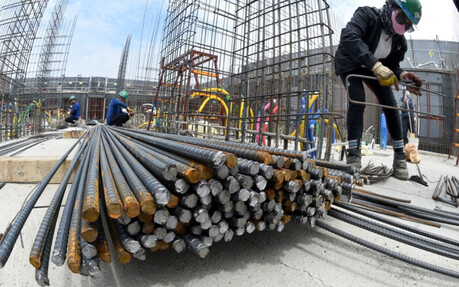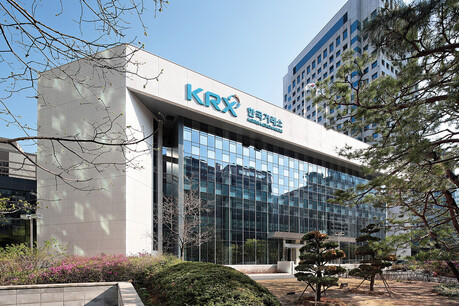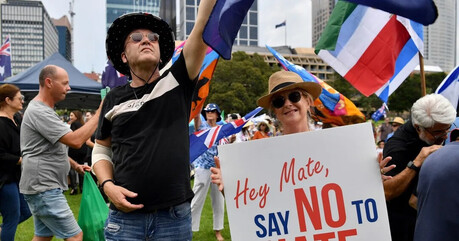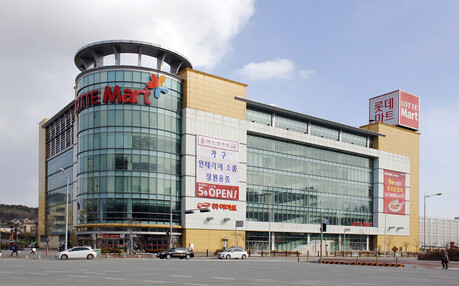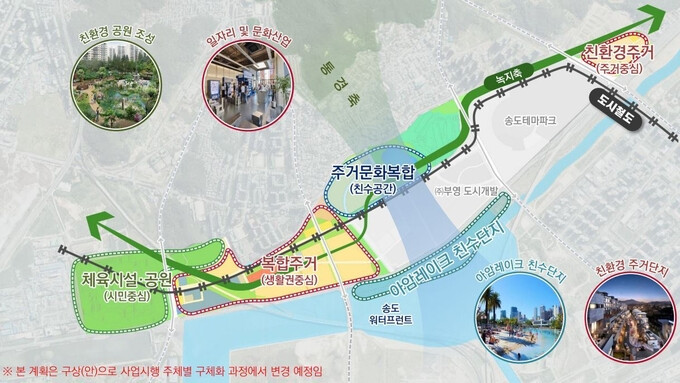
INCHEON, SOUTH KOREA – Beneath the ambitious plans for a "Songdo Amusement Park Renaissance" lies a stark and inconvenient truth: the sprawling 700,000 pyeong (approximately 2.3 million square meters) site was largely constructed upon decades of unsanitary waste disposal. Investigations and historical records reveal that the land, envisioned as a premier marine tourism complex, was formed through the reclamation of public waters using not only soil but also significant amounts of household and industrial waste, long before modern environmental regulations were in place.
The history of the land's reclamation, pieced together from old records and testimonies, paints a picture of rapid development in the 1960s through the 1980s, driven by the desire to create a major tourist attraction near the then-newly designated national tourism site of the old Songdo Amusement Park. Individuals like Mr. Y, a gun shop owner, initiated early reclamation projects in the 1970s. Incheon City followed suit, reclaiming areas for toll roads and tourism facilities. Private entities, including Kyungil Industrial and Incheon Sanitation Corporation, also undertook large-scale reclamation in the subsequent decades, all with the stated purpose of building tourist and recreational amenities.
However, the sheer scale of the land reclamation, culminating in the vast area now targeted for the "Renaissance" project, led to a critical shortage of suitable fill material. While the original Songdo Amusement Park utilized sand from Muuido Island for its artificial beach, much of the remaining reclaimed land became a dumping ground. Eyewitness accounts from long-time residents corroborate this. Park Chang-hwa, a former Incheon University professor who has lived in Okryeon-dong for 40 years, recalls the area being a "garbage landfill" from the early 1980s, where scavengers would pick through piles of waste. Former Yeonsu-gu council member Hwang Yong-woon further stated that waste was used instead of proper soil to create the foundations for the planned amusement park and tourism complex, even near where the Lucky Apartment complex now stands.
The unsanitary nature of the landfill was starkly revealed in 2006 during the excavation work for the Incheon Bridge access elevated road in Okryeon-dong. Construction crews unearthed layers of household waste, including coal ash, vinyl, and sacks, alongside discarded tires and even old railroad ties, at a depth of 5 to 6 meters. Leachate from these buried waste layers was found pooling underground, highlighting the potential for significant soil and groundwater contamination.
In response to growing concerns, the Yeonsu-gu Office established an ‘Environmental Policy Advisory Group’ in January 2024. This group, comprising environmental organizations, local council members, and residents, is specifically tasked with overseeing the soil remediation efforts for the theme park development site, currently owned by Buyoung Housing Co., Ltd. The advisory group has been actively urging the company to expedite the cleanup of the contaminated land.
However, the issue of soil contamination is not isolated to the Buyoung-owned theme park area. Evidence suggests that the problem extends across the entire Songdo reclaimed land intended for the original amusement park development. This raises questions about responsibility, implicating not only the current landowners but also Incheon City, which actively encouraged the reclamation and landfilling by private companies like Incheon Sanitation Corporation.
Adding to the complexity, guidelines established in 2013 designate metropolitan city/province governors as the supervisory authorities for unsanitary landfills not covered by the Waste Management Act, with the responsibility for aftercare falling on the respective local government heads. Critics point out that no comprehensive measures have been implemented for the Songdo reclaimed land to date, leaving subsequent landowners to bear the burden of the past waste disposal practices.
There is a growing consensus that the Yeonsu-gu Environmental Policy Advisory Group's scope needs to be broadened to encompass the entirety of the Songdo reclaimed land (the original amusement park site). The focus should not only be on remediating the soil contamination but also on addressing the underlying issue of the buried waste. This expanded approach necessitates the active participation and accountability of Incheon City in addressing the environmental legacy of its past development policies. As Songdo aims for a "Renaissance," confronting and resolving this buried past will be crucial for ensuring a truly sustainable and environmentally sound future for the area.
[Copyright (c) Global Economic Times. All Rights Reserved.]
















